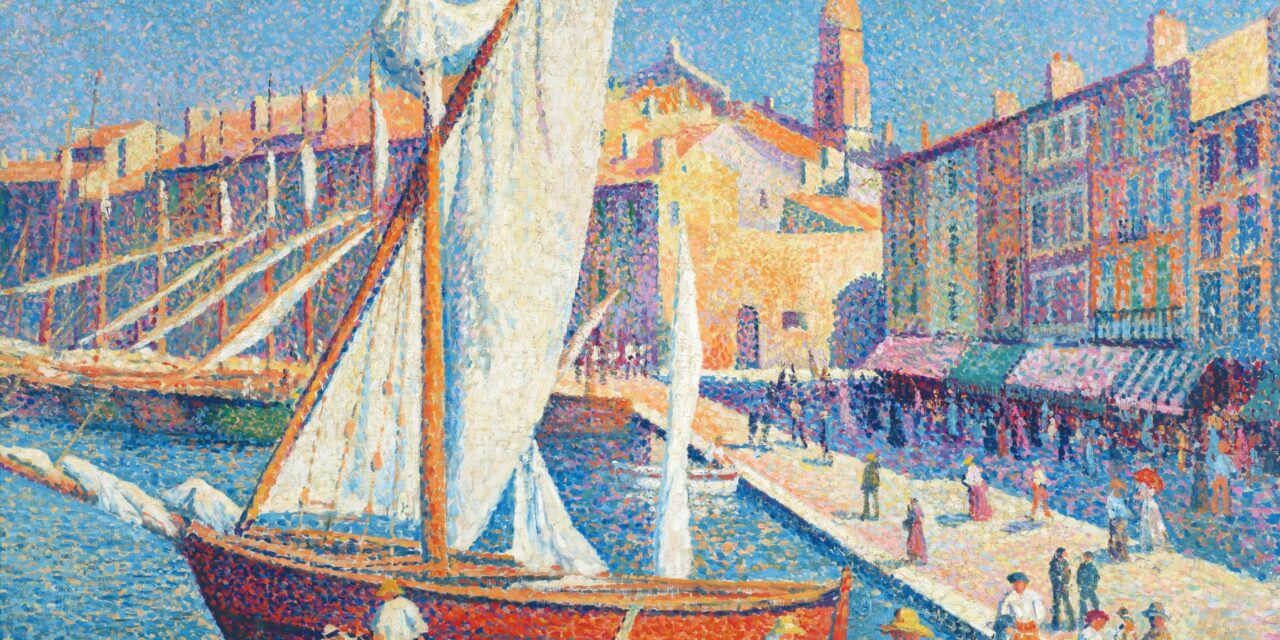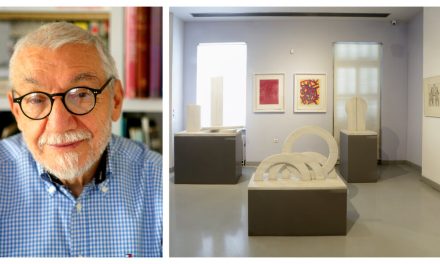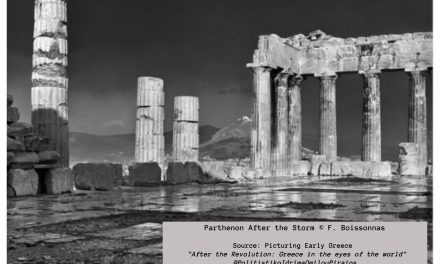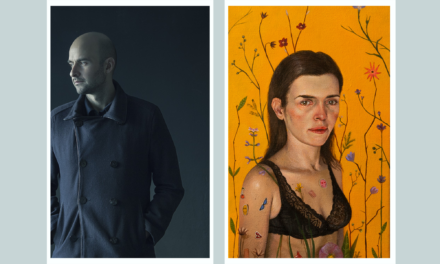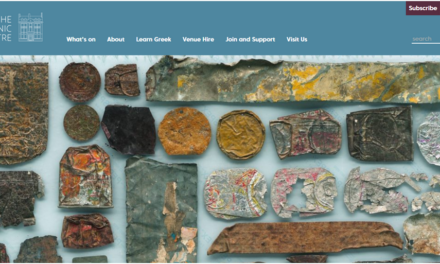The Basil & Elise Goulandris Foundation joins forces with major European museums and presents, for the first time in Greece, a comprehensive tribute to the art movement of Neo-Impressionism.
Featuring works by Paul Signac, Henri-Edmond Cross, Maximilien Luce, Théo van Rysselberghe, Henri Matisse, Henri Manguin and Louis Valtat, the exhibition Neo-Impressionism in the Colors of the Mediterranean is held in collaboration with prominent European museums, such as the Musée d’Orsay, the National Gallery of London, the Centre Pompidou and the Musée des Beaux-Arts de Besançon,and also with private collectors from Europe.
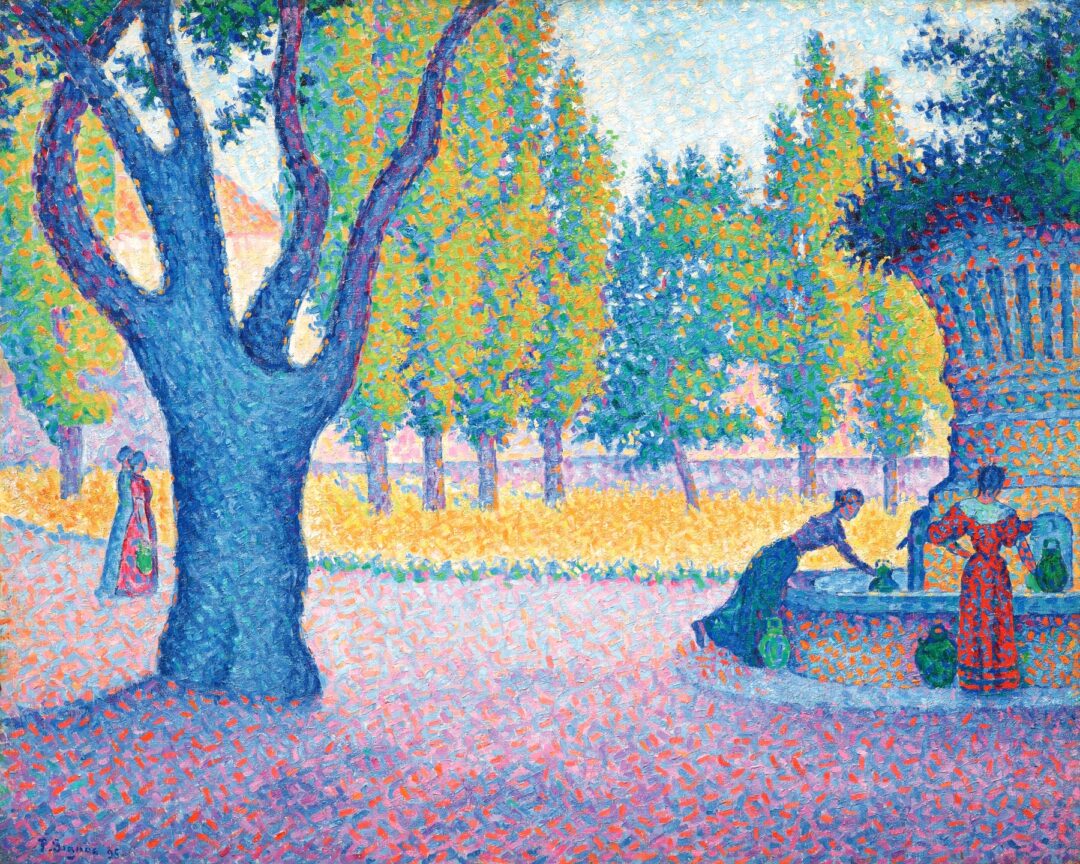
The exhibition explores the creativity and artistic legacy of this avant-garde movement that flourished in France from 1886 to 1906. Led by Georges Seurat, Neo-impressionism renounced the spontaneity of Impressionism in favor of a systematic technique, “Pointillism”, based on optical theory while respecting the laws of complementarity.
Tiny brushstrokes directly on the canvas created hues that, through optical blending, resulted in maximum brightness, vitality, and harmony. With his monumental composition A Sunday on La Grande Jatte, Seurat created a new school of art. His sudden death in 1891 at the age of 31, sealed the closure of the first chapter of Neo-Impressionism and opened the second one, this time far from Paris.
Paul Signac, along with Henri-Edmond Cross, Maximilien Luce and Théo Van Rysselberghe, headed towards the enchanting Mediterranean coast “like a flock of migrating birds” as the art critic Louis Vauxcelles wrote in 1905.
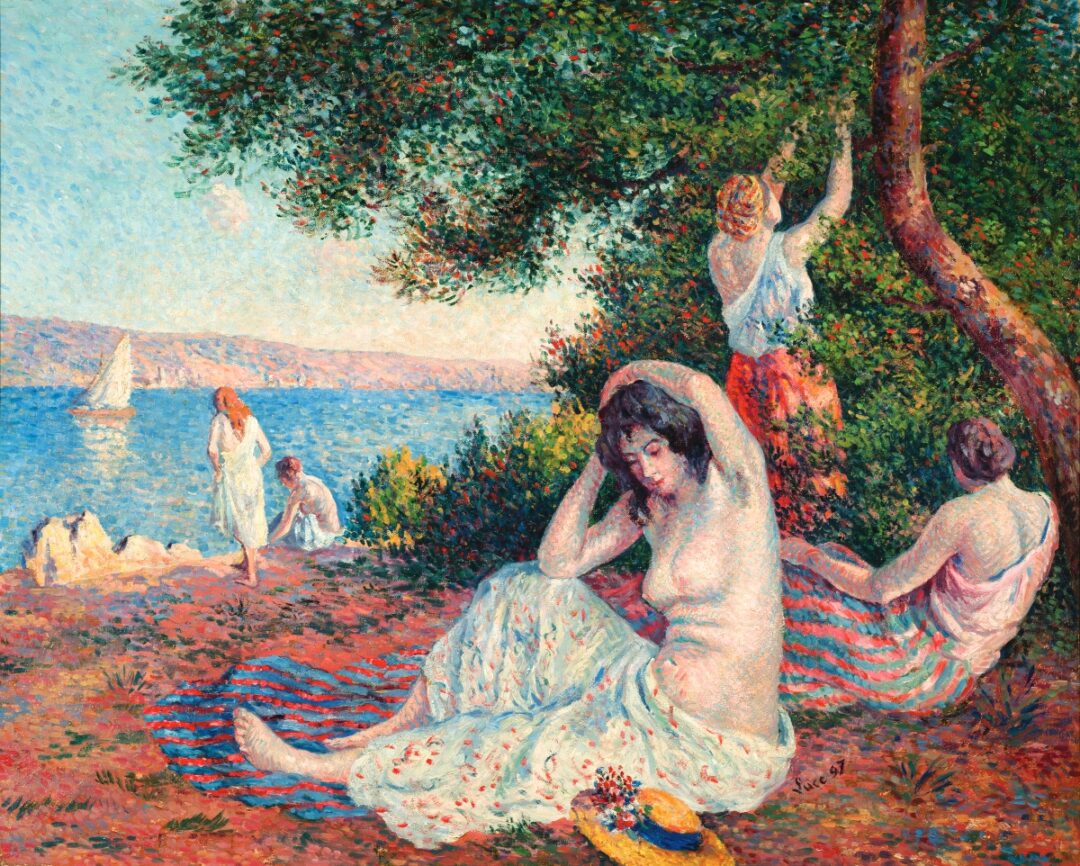
The Basil & Elise Goulandris Foundation brings together 55 works of art that were inspired by the charm, peaceful fishing villages, and bright sun of the Mediterranean coast, “a spot where life would be conceivable for…a long time”, as Cross wrote to Signac in 1892. Under the soothing sun, Neo-impressionists, explore new artistic trajectories towards a more colorful and contrasting painting.
Marie Koutsomallis-Moreau, Head of the Basil & Elise Goulandris Foundation Collection and co –curator of the exhibition Neo-Impressionism in the Colors of the Mediterranean spoke to Greek News Agenda* about the impact of Neo-Impressionism and the goals of the Foundation.
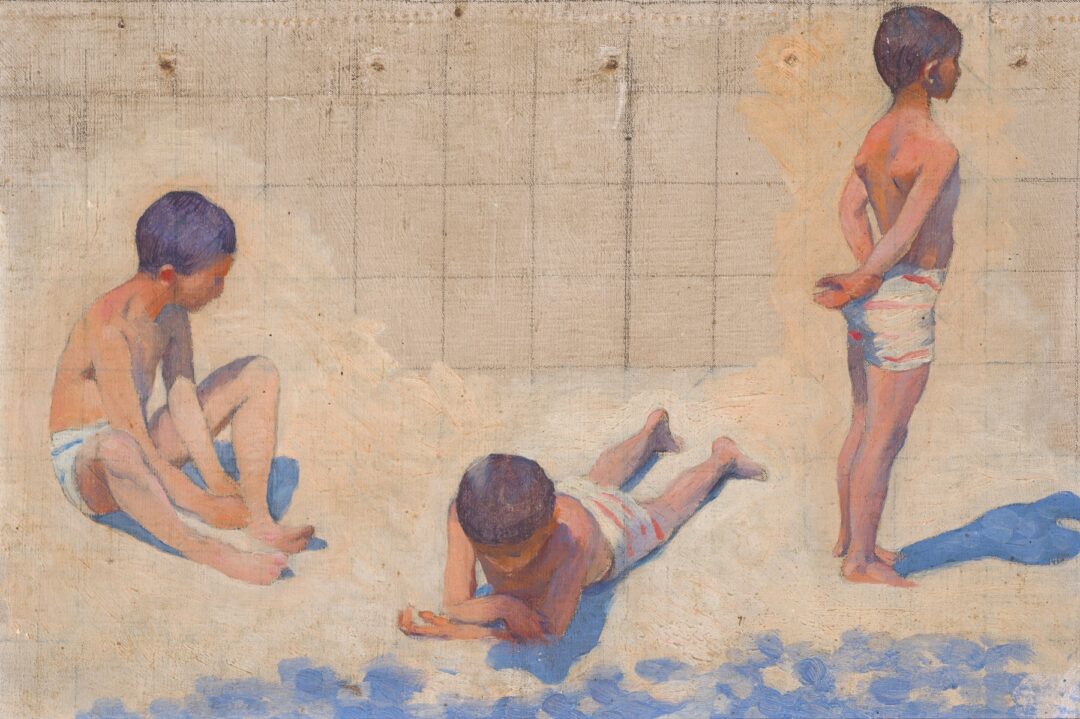
Goulandris Foundation, in collaboration with leading museums, presents, for the first time in Greece, a comprehensive tribute to the Neo-Impressionist movement. How did this idea come about and what were the greatest challenges in its implementation?
This is an idea we have had in mind for several years. A tribute to the Neo-Impressionist movement had never taken place in Greece and we felt it was our responsibility to present it to the Greek public. The preparation of this exhibition took about three years, the first two exclusively dedicated to finding and selecting the works.
Our major challenge was that, unlike other movements such as Impressionism, Neo-Impressionist artworks are rare which is due to the fact that the movement only lasted for about twenty-five years. Plus, because of its very demanding technique, the artists produced very few paintings. Fortunately, however, many museums, as well as private collectors, mainly from France, Switzerland, England, Austria and Belgium, supported us with significant loans of artworks.
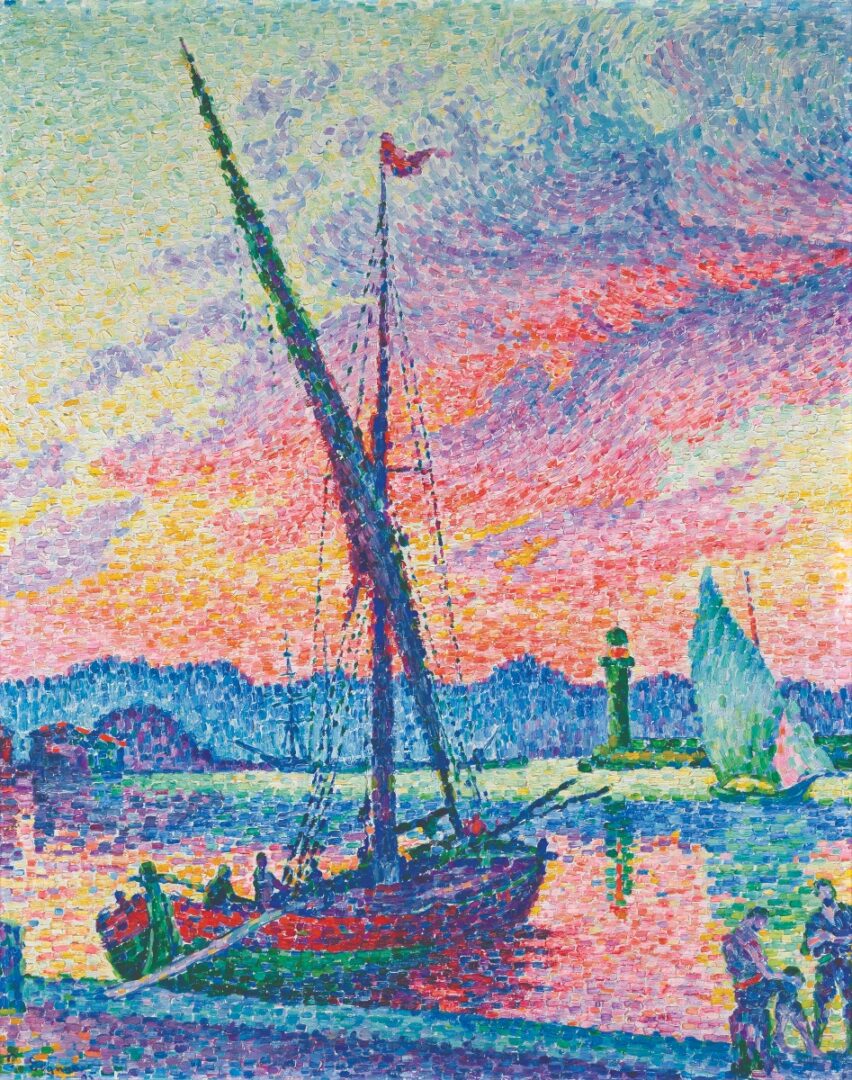
What was the influence of Neo-Impressionism on later artistic movements or painters of the 20th century?
Kandinsky referred to Neo-Impressionism as the movement heralding abstraction. Before becoming a fauve, Matisse was a neo-impressionist painter. This is so obvious in one of his masterpieces, Luxury, Calm and Pleasure, displayed at the Musée d’Orsay.
Subsequently, many artists, such as Paul Klee, Pablo Picasso, Georges Braque, Alexej von Jawlensky, Piet Mondrian experimented with the technique of pointillism (another name of the movement, which prevailed despite artists’ complaints), without necessarily respecting the division of colors. The influence of Neo-Impressionism on many artists who made their mark on 20th century art is also undeniable. It is very interesting to see how these pioneers took this adventure one step further, with respect to color, perspective, and subjectivity.
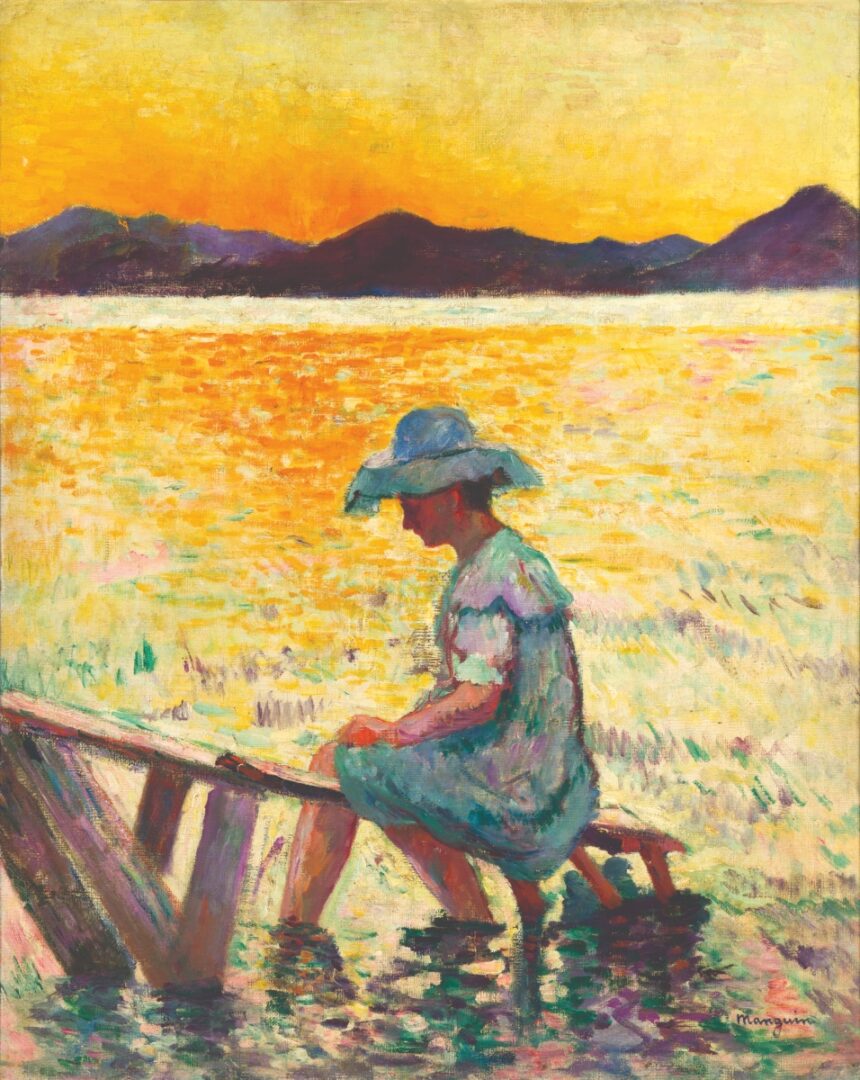
Do you think that this movement had an impact on Greek painting? Were there any Greek painters who assimilated its characteristics?
Neo-Impressionism arrived in Greece, more than half a century later. Thus, it appeared at the same time as cubism, abstraction, surrealism. As was true for the rest of Western Europe, the public as well as the young artists of the time showed no interest in it. It was not until the late 1960s that serious research into the legacy of Seurat, Signac, Van Rysselberghe, Cross, etc began. In that sense, I don’t think it had a real influence on Greek painting. But it is impossible for new generations to overlook it because it is now a key chapter in the history of modern art.
Artistic movements that flourished in Europe from the late 19th century to the mid-20th century had a decisive influence on artistic events but also keep coming back in various ways. What, in your opinion, contributed to this direction?
Along with the Post-Impressionism expressed by Van Gogh, Gauguin, Toulouse-Lautrec, etc., Neo-Impressionism is the most characteristic movement of the passage from the 19th to the 20th century. It is the logical continuation of Impressionism and the “spiritual father” of Fauvism. Of course, it still resonates today. Art functions in some ways like a seaside shore. One wave pushes away the other but is drawn from the same material. And each artist has his own world, his own references, his own influences but also the same desire to overturn what has already been recognized.
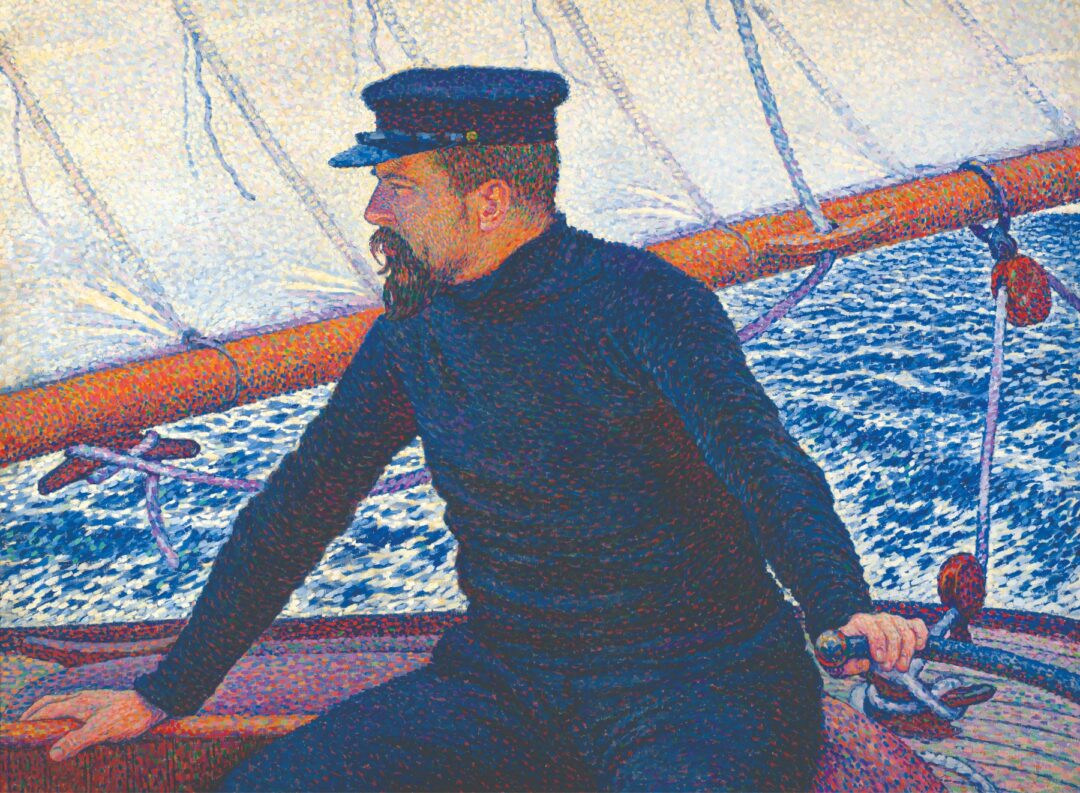
Basil and Elise Goulandris are known for their love of the arts. With the establishment of the Museum, they wanted to give the public the opportunity to get in touch with art. Could you share with us a few words about the Museum’s collection? What were the criteria applied for the selection of its collection?
Basil and Elise Goulandris selected their artworks with love, patience and knowledge. Each time they would choose one particularly important work of each artist. Most of them are instantly recognizable, either because they are sculptures or because they belong to particularly well-known series such as the Rouen Cathedral by Monet, the Fourteen Years Old Dancer by Degas or the Woman of Venice figures by Giacometti.
Part of the collection are also artworks that marked the artists’ own life, such as Van Gogh’s Still Life with Coffee Pot, Picasso’s Naked Woman with Raised Hands, Bacon’s Three Studies for Self-Portrait, to name a few.
These masterpieces stand next to more personal choices such as Bonnard’s Getting Out of the Bathtub, Braque’s Patience or Lichtenstein’s Sunrise. These purchases seemed incomprehensible at the time they were made, but later on stood out. The Collection as a whole shows the founders’ very intuitive, intelligent and distinct approach that never gives in to the slightest external influence.
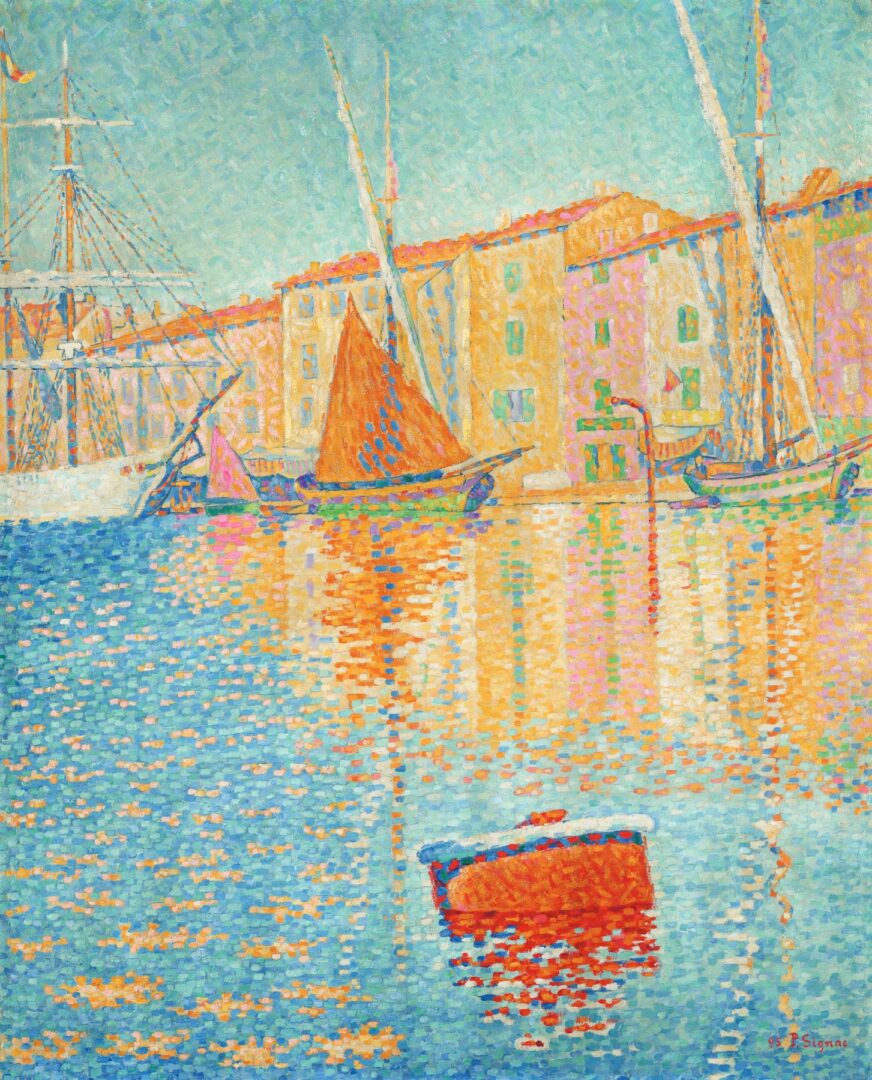
The aim of the Museum is to be an institution that interacts with the city and its inhabitants. Which conditions must be met in order for a museum to become outward-looking? What are the activities that manifest the extroversion of the Goulandris Museum and what is the public response?
A museum exists only to bring people into contact with art. By its very nature, it is oriented towards the public. It symbolizes such an oasis of culture. This is why, it is usually the first place we visit when we travel to another city. Goulandris Foundation is no exception: it aims to offer the visitor a unique experience, not only in terms of art, but also of humanity. The museum presents our Collection and organizes temporary exhibitions. But it is so much more than that; it is also a restaurant, a shop, an amphitheater, that hosts concerts, lectures, movies and a library. Our educational programs and guided tours, easily found on our website, are open to everyone. So far, the response of the public has been extremely positive and this is something that fills us with great joy. This is why we are always striving to offer more.
*Interview by Dora Trogadi (Intro image: Maximilien Luce, The port of Saint-Tropez, 1893, Private collection)
Read also via Greek News Agenda: Markos Kampanis Retrospective at the National Library of Greece
TAGS: ARTS

